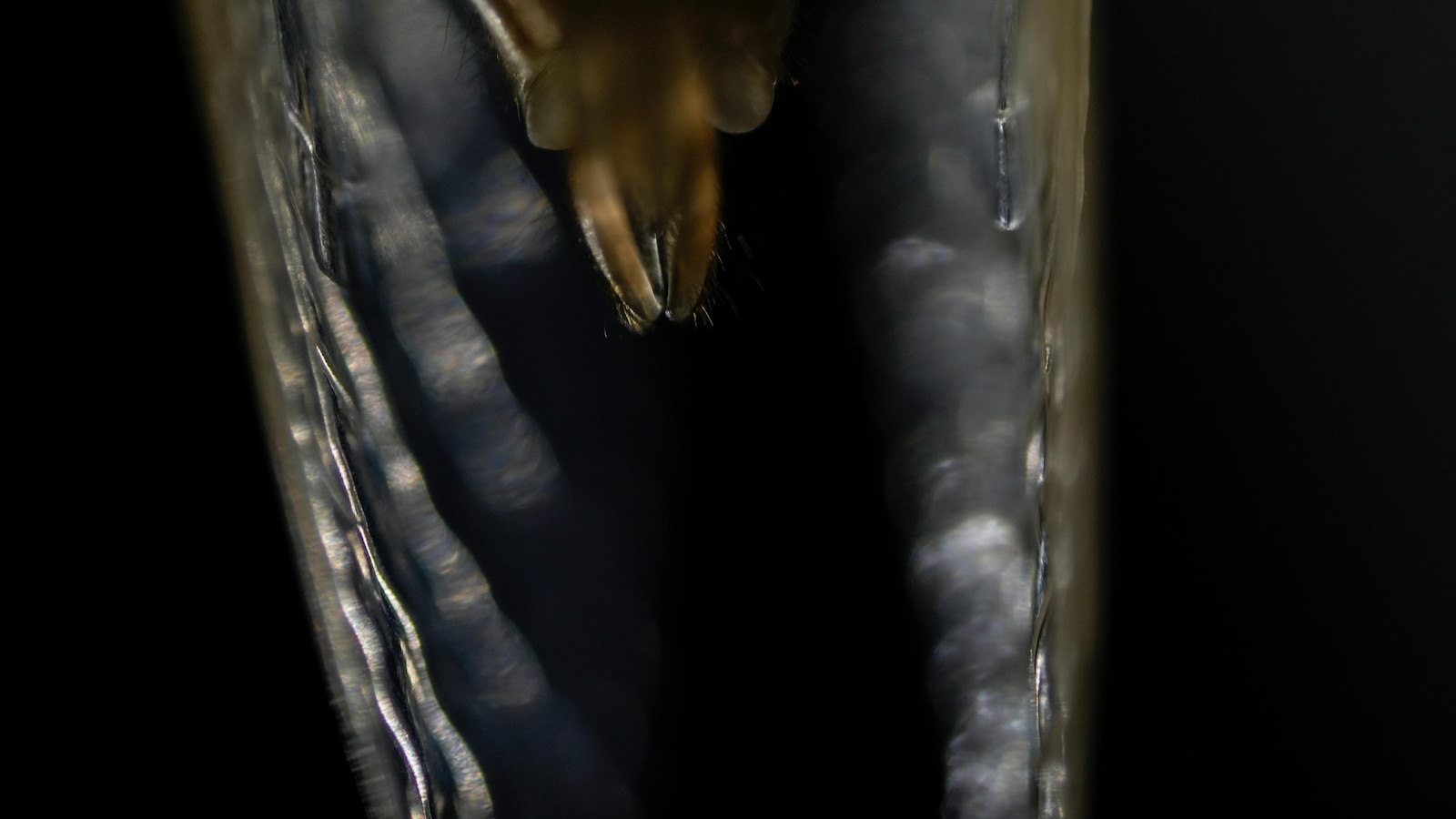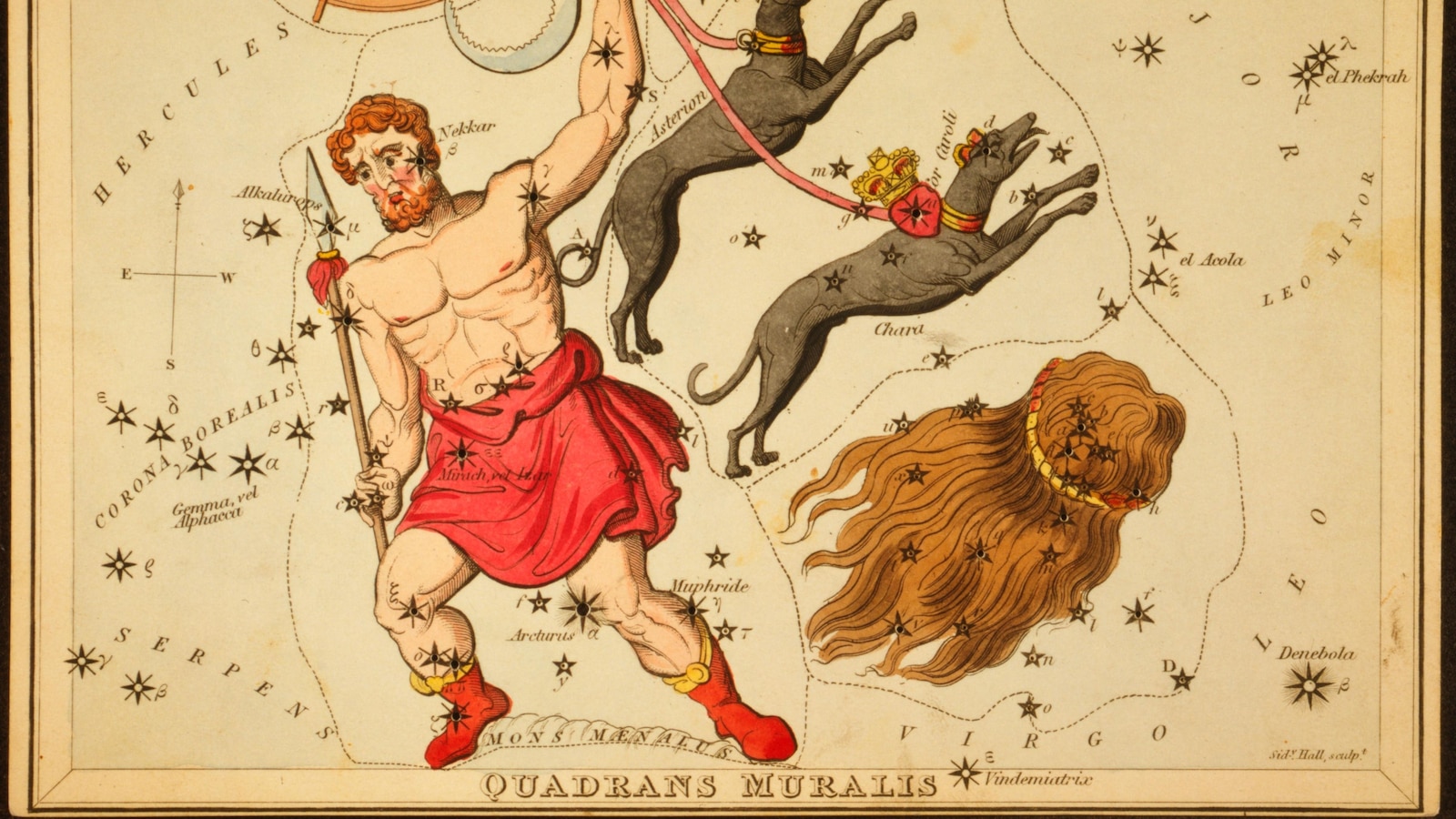
With rich reds, gentle greens and basic blacks, Nature’s screaming, crawling artwork is the epitome of rare beauty — at least in the eyes of some beholders. To others, it may seem just creepy.
It’s a colorful, ever-changing canvas of bugs. Lots of them.
A once-in-221-year convergence of two broods of periodical cicadas are emerging at the same time. The big effect of the cicadas is the sheer numbers. Trillions are expected to populate 16 states by mid to late June. They can be overwhelming, messy and loud.
But individually, up close and personal, a cicada has splashes of color, subtle shapes and that special something that some scientists and artists say translate to beauty. Even if to the average person it’s just a bug.
To artists and scientists, cicadas are more awe-inspiring than awful.
Periodical cicadas are “more otherworldly-looking” than other insects and then the fact they come out every 13 or 17 years adds to their allure, making “them feel like something out of a science fiction movie,” said Jonathan Monaghan, a Washington, D.C.-based visual artist.
“Up close, there is a subtle beauty, particularly with their vibrant cadmium red eyes,” Monaghan said in an email. “Visually, they are at their best freshly molted because there is more contrast on their bodies, showing off some really interesting patterns. Overall though, I still think they are rather goofy looking.”
When collage artist Luis Martin, a self-described art engineer in Brooklyn, first saw cicadas, he was entranced.
“They were just so beautiful and diaphanous that I kind of fell in love,” said Martin, who sported a cicada bolo tie during a Zoom interview. “It looked like a fairy.”
But it’s a love/fear kind of thing. They also seem scary, he said.
“It kind of goes back to these beautiful colors that we tend to think is kind of ugly, right? Because they’re brown, they’re kind of metallic, kind of like alien,” Martin said. “As a brown person myself I find them absolutely beautiful. I can totally see myself in them.”
Not just himself, but Frida Kahlo, Martin said. He could see the artist’s signature eyebrows in the close-up cicada face images.
Scientists are even more mesmerized.
“There’s a lot of things in the world today to get freaked out about. Cicadas aren’t one of them,” said Mount St. Joseph University biologist Gene Kritsky, who wrote a book on this year’s dual emergence. “They’re beautiful insects. They’ve got these red eyes, black bodies, orange-colored veins on these membranous wings. I love the way they come up in these big numbers. I like that I can predict when they come out. It’s a scientific experiment every time.
“But what I really like about them, they got me tenure.”
___
Read more of AP’s climate coverage at http://www.apnews.com/climate-and-environment
___
Follow Seth Borenstein and Carolyn Kaster on X at @borenbears and @ckaster
______
The Associated Press’ climate and environmental coverage receives financial support from multiple private foundations. AP is solely responsible for all content. Find AP’s standards for working with philanthropies, a list of supporters and funded coverage areas at AP.org.







